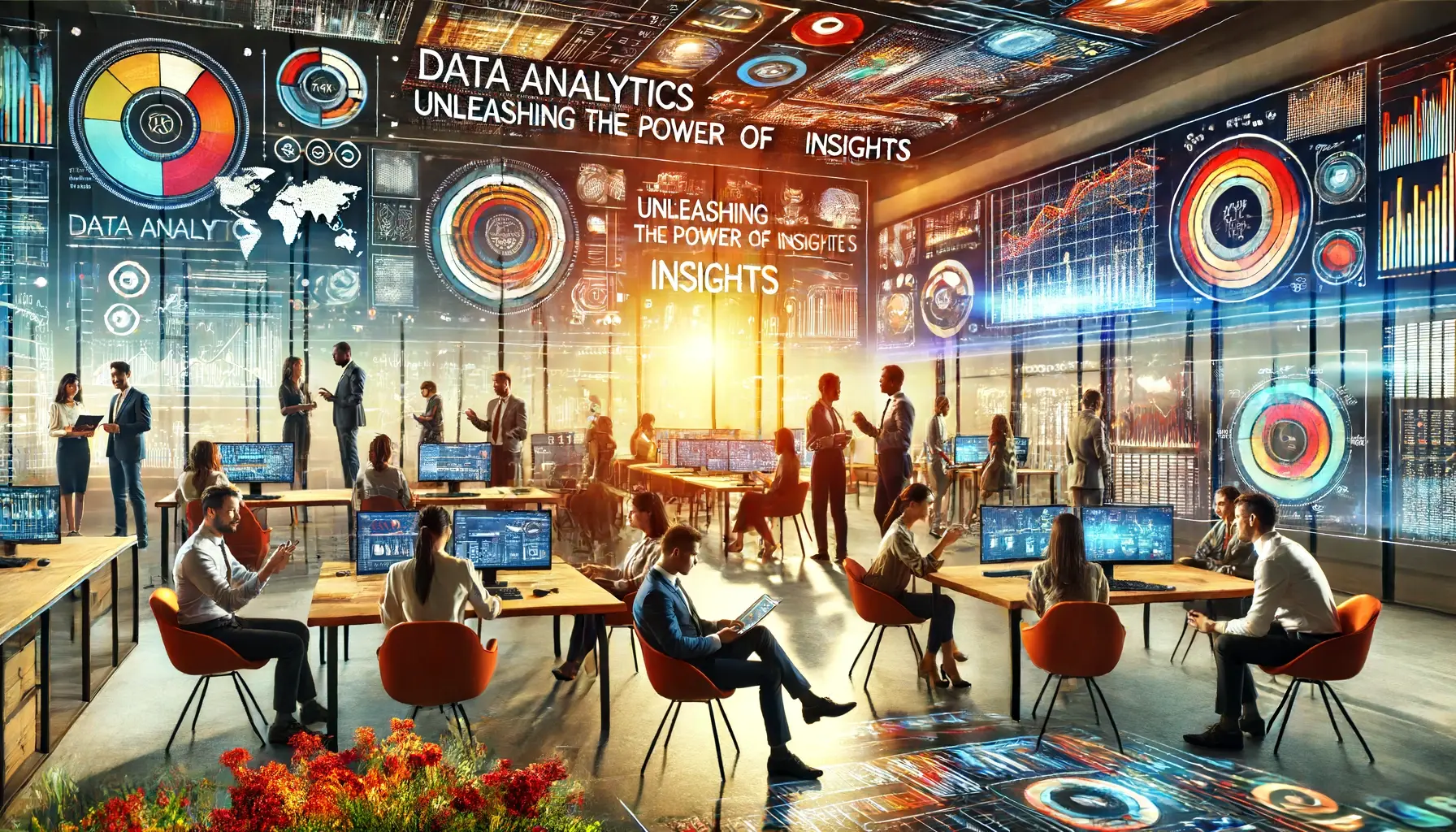6 min read
Machine Learning and Artificial Intelligence: Transforming the Future
Machine Learning (ML) and Artificial Intelligence (AI) are at the forefront of technological innovation, driving significant advancements across...
3 min read
![]() The Amazing Team at Skills Data Analytics
:
Aug 8, 2024 10:00:00 AM
The Amazing Team at Skills Data Analytics
:
Aug 8, 2024 10:00:00 AM
Business Intelligence (BI) and Machine Learning (ML) are transforming how organizations make decisions and gain insights from data. By leveraging these technologies, businesses can optimize operations, predict trends, and stay competitive in an ever-evolving market. This article explores the integration of BI and ML, their applications, and their relevance in the USA.
Business Intelligence (BI) refers to the technologies, applications, and practices used to collect, integrate, analyze, and present business information. The goal of BI is to support better decision-making by providing actionable insights based on data.
Machine Learning (ML) is a subset of Artificial Intelligence (AI) that involves training algorithms to learn from data and improve their performance over time. ML enables computers to make predictions and decisions based on patterns and trends in data.
Key Components of BI:
Key Components of ML:
Integrating BI and ML allows organizations to harness the full potential of their data. Here’s how these technologies work together:
The integration of BI and ML is driving significant advancements across various sectors in the USA:
Despite their advancements, BI and ML face several challenges:
Future Prospects: The future of BI and ML holds immense potential. Advancements in real-time analytics, AI ethics, and human-AI collaboration are expected to shape the next generation of BI and ML systems. As these technologies continue to evolve, they will play a critical role in addressing complex business challenges and driving innovation.
Business Intelligence and Machine Learning are revolutionizing decision-making and transforming industries. Understanding their integration, applications, and challenges is essential for navigating the data-driven world. For those looking to enhance their skills in BI and ML, the Skills Data Analytics website offers the best online data analytics certification course in the USA, providing comprehensive training and practical insights.
Q1: What is the difference between Business Intelligence and Machine Learning?
A1: Business Intelligence involves collecting, integrating, analyzing, and presenting business information to support decision-making, while Machine Learning involves training algorithms to learn from data and make predictions.
Q2: How are BI and ML used in healthcare?
A2: BI and ML are used in healthcare for early diagnosis, personalized treatment plans, and efficient resource management. ML models predict patient outcomes, and BI tools visualize these predictions to support clinical decisions.
Q3: What are the challenges of integrating BI and ML?
A3: Challenges include ensuring data quality, managing integration complexity, and addressing ethical concerns related to data privacy and algorithmic bias.

6 min read
Machine Learning (ML) and Artificial Intelligence (AI) are at the forefront of technological innovation, driving significant advancements across...

7 min read
Machine learning (ML) is a subset of artificial intelligence (AI) that enables computers to learn from data and improve their performance over time...

4 min read
Data analytics is a rapidly growing field that offers exciting career opportunities to individuals who possess strong analytical skills, a passion...